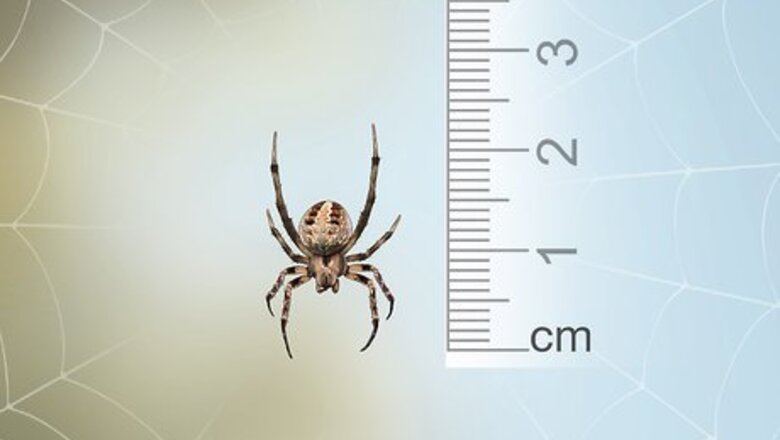
views
Recognizing a Barn Spider’s Appearance
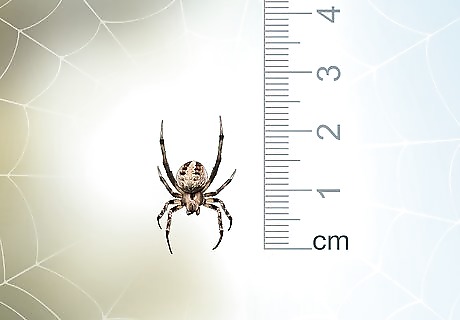
Take note of their body size. Female barn spiders grow to ⅞ of an inch (2.22 centimeters), while males are slightly smaller at ¾ inch (1.91 centimeters). Measure from the back of the back legs to the front of the front legs. But just estimate lengths by sight, since touching the spider will most likely startle it and scare it away.

Look for a light brown color. Barn spiders are generally a light, creamy brown color, with little variation in tone compared to most other spiders. The brown color of the barn spider serves to camouflage it, so you may have to look closely to detect this spider’s presence.
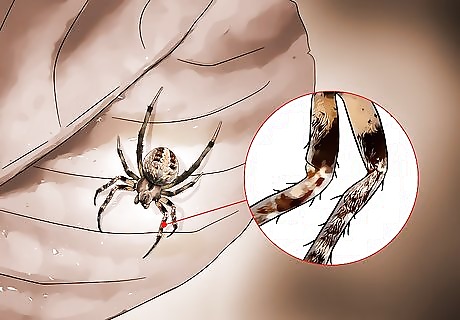
Notice distinguishing marks on the legs. One key characteristic of barn spiders is the banded or dotted appearance of their legs. The color tone alternates from medium to light brown or white, giving the legs a striped aspect. Another key to identifying them are the small white hairs covering the legs.
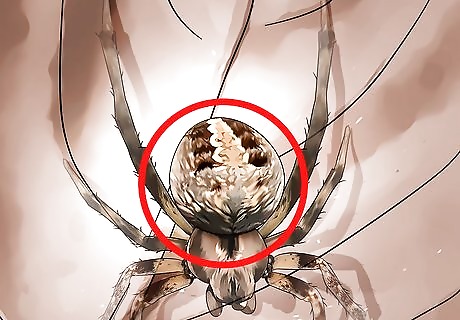
Pay attention to the abdomen. The egg-shaped, somewhat oblong abdomen of the barn spider is disproportionately large compared to the legs, more so than with most spiders. This can give it a swollen, almost misshapen appearance. There are also darker brown spots toward the back end of the abdomen, in a pattern somewhat resembling military camouflage.
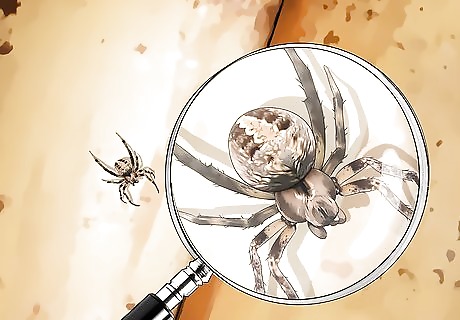
Get a closer look. If you think you may have found a candidate, take a digital photograph of it that you can enlarge. This will allow you to get a better look at the details of its anatomy. You can also use a magnifying glass for the same purpose, along with a flashlight if the web is in a dark area.
Identifying Barn Spiders’ Behaviors

Spot the orb-shaped web. Barn spiders are part of family of spiders known as orb-weavers. As the name suggests, all spiders in this family spin circular webs. The diameter of the orb part of a barn spider’s web is typically two to three feet (0.61 to 0.91 meters).

Look for nighttime web rebuilding. Orb weavers take great care in either repairing or rebuilding their webs daily. Barn spiders rebuild their webs each night. They begin by creating a sunburst-shaped framework for the web, then spinning the circular part in a spiral pattern, working from the outside inward.

Pay attention to daytime behavior. Being nocturnal, barn spiders may be easiest to locate at night when they’ll be busy spinning their web. But they can also be spotted during the middle of the day, when they can be found sitting head-down in the middle of the web. Sometimes they rest someplace secluded off the web during the day. If an insect becomes caught in the web, they will spring out to where it is entangled, and spin it in a sac of silk to eat later.
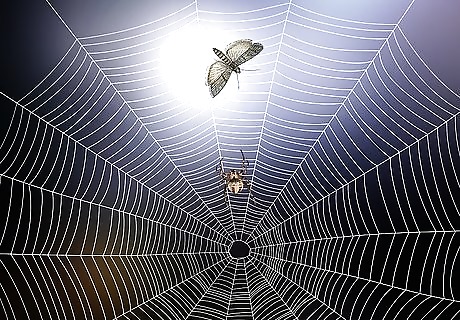
Recognize their prey. The insects that will become entangled in a barn spider’s web are typically flying bugs such as mosquitoes, flies, and moths. This is especially the case if the web is built near a porch light, since these kinds of insects are known to be attracted to lights at night. But terrestrial insects such as ants and beetles can occasionally fall into the web as well. Barn spiders eat two times their weight in insects each day.
Locating Barn Spider Habitats
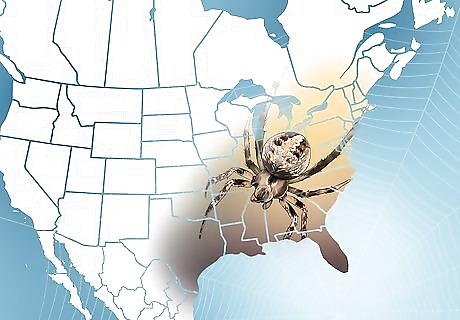
Check that you’re within their range. Barn spiders can be found in the eastern United States, as far west as Texas, and in southeastern Canada.

Look for intersecting surfaces. Barn spiders are most likely to build their webs where there are wide open perpendicular surfaces, such as in fences, trees, weeds, open doorways, window frames, bends in rock walls, where a supporting column meets the ceiling or floor, and between tree branches. And there should be plenty of open space between the surfaces, since the supporting strands of the web sometimes span more than 10 feet (3.05 meters).
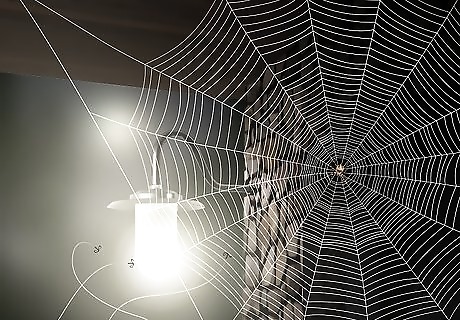
Follow the insects. A barn spider, like most spiders, will build its web near where insects are known to move about. Look for porch lights near doorways and awnings, and corners of window frames, where flying insects typically gather or pass through.

Search in the late afternoon and evenings. Barn spiders are nocturnal, so they hide in dark corners during the middle of the day. But later in the afternoon and night, they can be found sitting in the center of their webs, waiting to catch prey. Later at night, you can find them rebuilding their webs, which they do once per day. Don’t disturb the web when you are trying to identify a barn spider. If the spider feels threatened, it will drop from its web and scurry away.


















Comments
0 comment